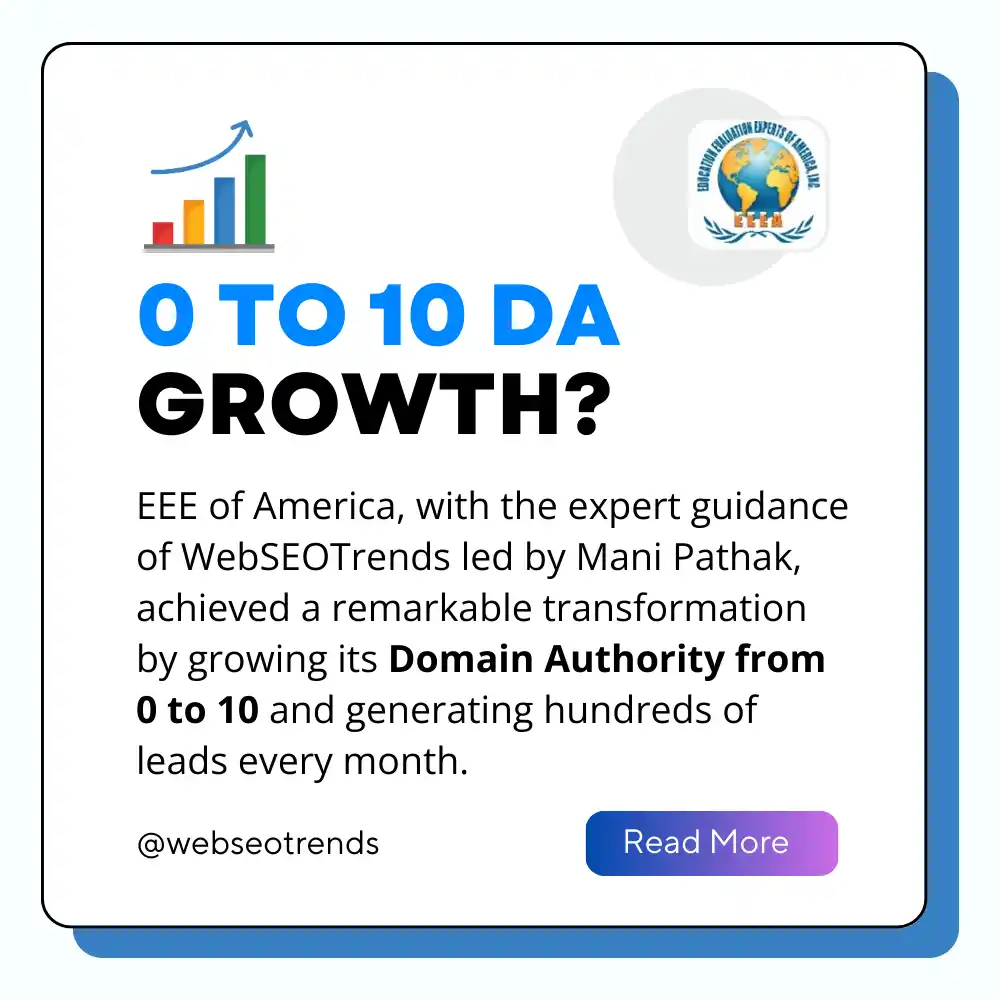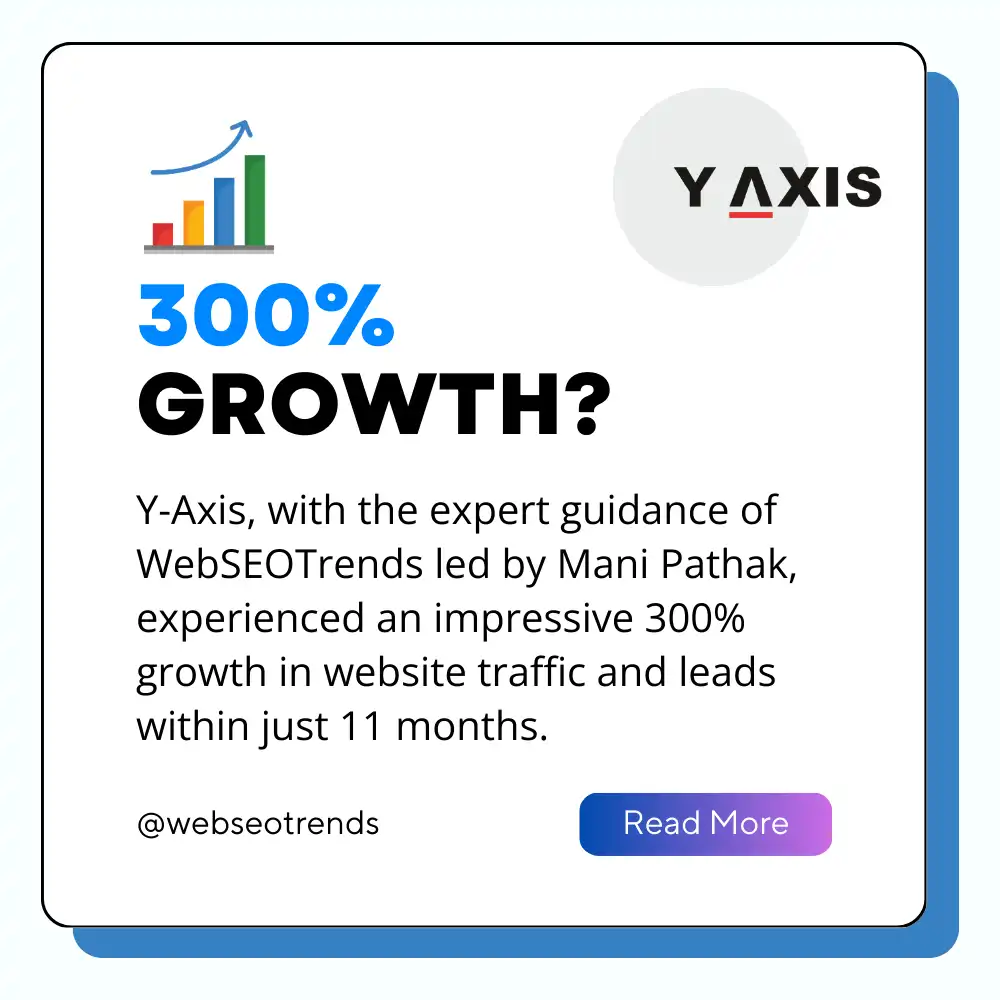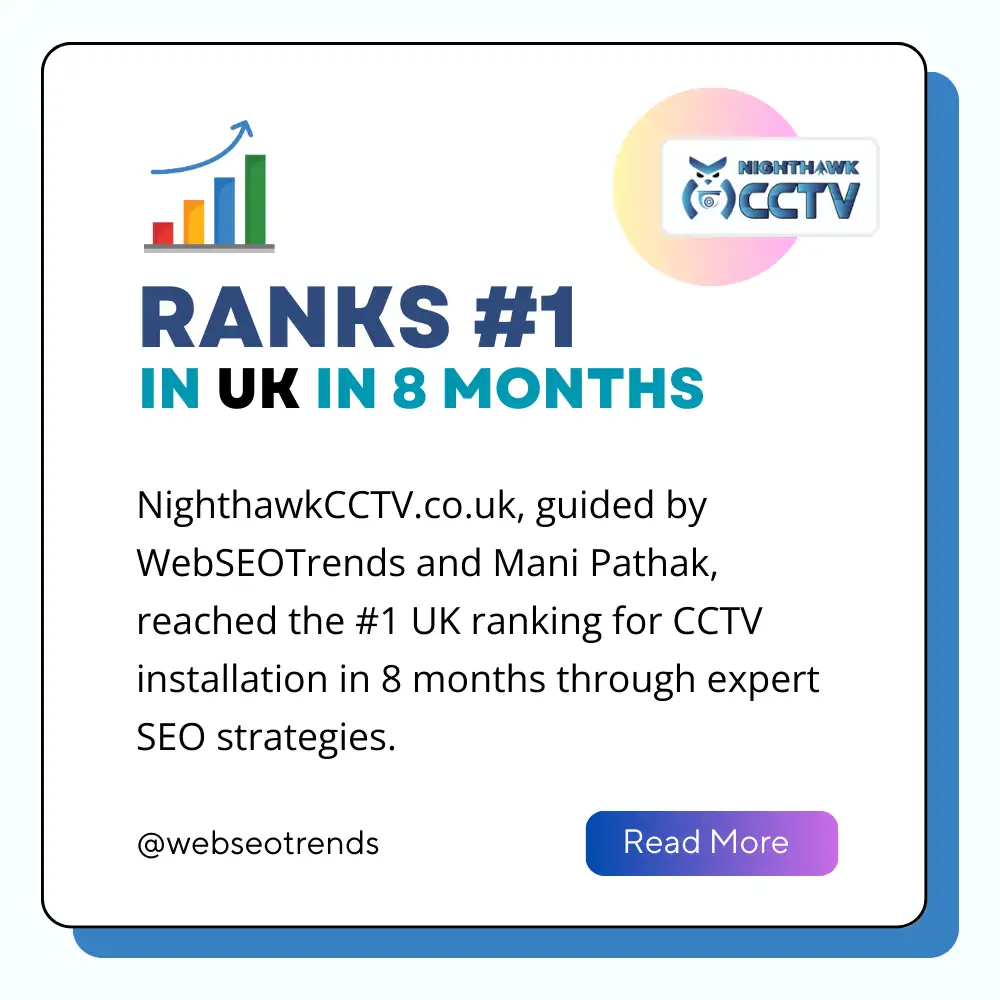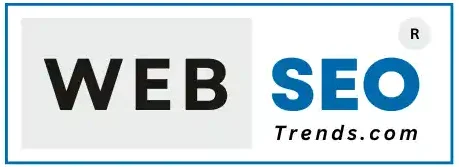SEO Montana Miles: Boost Your Traffic and Maximize Lead Conversions
We help you succeed online with proven SEO methods.
5M+
Monthly Organic Visitors
75+
SEO case studies
3M+
Revenue Generated
100K+
Quality Leads
Get A Free Website Audit
A local equipment outfitter in Helena achieved a remarkable 35% increase in foot traffic while their online sales grew by 20% through strategic SEO Montana Miles optimization. In fact, these results aren’t unusual for businesses that invest in proper search engine optimization across Montana’s unique landscape.
With Montana’s economy firmly rooted in tourism, agriculture, and small businesses, your company needs a strong online presence to stand out. Local SEO strategies, customized for Miles City businesses, help you appear in location-specific searches and attract more qualified leads. Whether you’re a B&B in Bozeman or a retail store in Helena, the right SEO approach can transform your digital visibility and drive measurable business growth.
Table of Contents

Our SEO Services In Montana

On Page SEO
Optimize content, meta tags, headers, and improve website structure for better search rankings.

Off Page SEO
Build quality backlinks, enhance brand visibility, and improve domain authority for better rankings.

Technical SEO
Optimize site speed, mobile-friendliness, crawlability, and Core Web Vitals for improved performance.

Local SEO
Enhance your local presence, optimize listings, manage reviews, and increase local foot traffic.
Why SEO Matters for Montana Miles Businesses?
Running a business in Montana presents unique challenges, particularly in the digital landscape. Small businesses across Miles City and surrounding areas face increasing competition for customer attention, specifically in tourism and agriculture sectors.
SEO offers a cost-effective solution compared to traditional advertising methods. Your business gains visibility when potential customers search for products or services, connecting you directly with people actively looking for what you offer.
Here’s why SEO matters for your Montana business:
- Targeted Local Reach: Your website appears when customers search for “businesses near me,” putting you in front of ready-to-buy local customers
- Seasonal Advantage: Montana’s tourism and agricultural cycles create natural opportunities for targeted campaigns
- Long-term Growth: Unlike short-term marketing channels, SEO generates lasting results and continues to bring leads long after the initial investment
Additionally, Montana’s unique market characteristics make SEO particularly valuable. The state’s vast geography means digital presence bridges the gap between remote communities and businesses. Moreover, Montanans prefer trading with local businesses, making local SEO crucial for building customer loyalty.
Your website’s improved search engine ranking helps establish your business as an industry authority. Consequently, when customers trust your content, they’re more likely to trust your business. This trust translates into higher conversion rates and steady traffic growth.
The digital landscape in Montana offers significant opportunities, especially since many local businesses haven’t yet fully embraced SEO. By optimizing your online presence now, you position your business ahead of competitors. Furthermore, proper website optimization ensures better search engine rankings, driving qualified traffic to your site.
SEO provides a sustainable pathway to business growth by targeting users actively searching for your services. This targeted approach yields higher quality leads compared to traditional advertising methods. Specifically for Miles City businesses, investing in local SEO has become essential for staying competitive and reaching the right audience online.
Understanding SEO Montana Miles Landscape
Search engine optimization has evolved into a complex blend of science and art. Rather than focusing solely on rankings, modern SEO demands a comprehensive approach to digital presence.
Current digital marketing trends
Voice search has emerged as a game-changing trend for Montana businesses. Local companies must adapt their SEO strategies by optimizing for long-tail keywords and providing concise answers to common queries. Similarly, mobile optimization has become non-negotiable, as 46% of all Google searches now have local intent.
Optimizing Your Website for Local Search (Local SEO)
Local search optimization puts your business in front of customers searching for nearby services. Your Google Business Profile stands as one of the most crucial ranking factors. Therefore, maintaining consistency across all online platforms becomes essential for search visibility.
Here are the fundamental elements of local SEO success:
- Data Accuracy: Ensure business information remains consistent across all platforms
- Review Management: Build and monitor customer reviews as they influence both rankings and conversions
- Citation Building: Develop a strong presence on local business directories
- Local Content: Create region-specific content that resonates with your audience
Keyword Research: A Game Changer for Traffic
Primarily, successful keyword research starts with understanding your target audience’s search behavior. Tools like Google Keyword Planner help identify location-sensitive phrases that drive qualified traffic. As a result, businesses can target specific terms such as “Missoula organic farms” or “Kalispell real estate agents” to capture local search intent.
On-Page SEO: Making Your Website Search Engine-Friendly
Technical optimization essentially determines your website’s ability to rank effectively. Website speed directly impacts both user experience and search rankings. Mobile responsiveness has become increasingly important as 75% of users never scroll past the first page of search results.
On-page optimization requires attention to several technical aspects. Your website needs proper structured data implementation to help search engines better understand your content. Nevertheless, the cornerstone of effective SEO remains high-quality, relevant content that your customers actually value.
Key Local SEO Strategies for Miles City Businesses
Successful local SEO strategies help Miles City businesses capture valuable search traffic and convert it into measurable results. Notably, 80% of consumers search online multiple times weekly to find local businesses.
Google Business Profile optimization
Your Google Business Profile serves as a cornerstone for local visibility. Primarily, search engines evaluate local rankings based on three key factors: relevance, distance, and prominence. To maximize your profile’s effectiveness:
- Update business hours, especially during holidays
- Maintain accurate Name, Address, Phone (NAP) information
- Add high-quality photos and in-store listings
- Respond promptly to customer reviews
- Choose appropriate primary and secondary business categories
Local keyword research
Local keyword optimization demands a strategic approach focused on geographical relevance. Subsequently, businesses should target specific phrases like “auto repair near Miles City” or “best coffee shops in Miles City, MT”. This targeted approach proves particularly effective as 32% of consumers use the internet daily to find local businesses.
Voice search has become increasingly significant, with 76% of users conducting local business searches through voice commands at least weekly. Hence, optimizing for conversational queries enhances your visibility across different search methods.
Citation building
Citations play a crucial role in establishing your business’s online credibility. Search engines scrape third-party business directories and listing sites to validate your business information. Accordingly, maintaining consistent NAP details across all platforms significantly impacts your local search rankings.
Two types of citations boost your local presence:
- Structured citations on dedicated business directories
- Unstructured citations through mentions in blogs or articles
Local mobile searches have shown a remarkable 900% increase, underscoring the importance of comprehensive citation building. Furthermore, 60% of mobile searchers contact businesses directly through “click to call” options.
For optimal results, focus on reputable local directories and ensure your business information remains consistent across all platforms. Avoid outsourcing citation building to virtual assistants, as even slight inconsistencies can harm your local search performance. Instead, develop citations gradually as part of your ongoing SEO strategy to build a strong, reliable online presence for your Miles City business.
Technical SEO Essentials
Technical performance underpins your website’s success in search rankings. Poor loading speeds can drive away 53% of mobile visitors if a site takes longer than three seconds to load.
Website speed optimization
Core Web Vitals serve as Google’s primary metrics for evaluating website performance. These essential measurements include:
- Largest Contentful Paint (LCP): Must stay under 2.5 seconds for optimal ranking
- First Input Delay (FID): Should remain below 100ms
- Cumulative Layout Shift (CLS): Keep under 0.1 to avoid visual instability
Primarily, image optimization plays a crucial role in enhancing site speed. Compressing images and reducing their dimensions can significantly decrease load times. Although caching might seem technical, implementing browser caching allows returning visitors to load your pages faster because their browsers save static elements locally.
Before making improvements, measure your current performance using tools like Google Lighthouse or Cloudflare Observatory. Generally, unnecessary code and external scripts can slow down your pages. Basically, removing these elements and minifying remaining code improves loading speed without sacrificing functionality.
Mobile-first approach
Google now uses mobile-first indexing, meaning it primarily crawls and indexes the mobile version of your website. Because of this shift, your mobile site needs equivalent content and structured data as your desktop version.
Altogether, responsive design stands as Google’s recommended approach. This method serves identical HTML code across all devices while adjusting display based on screen size. Soon after implementing responsive design, you’ll notice improved user experience and potentially better search rankings.
Your mobile optimization strategy should focus on:
- Creating easily readable content without zooming
- Ensuring proper image scaling
- Implementing straightforward navigation
- Maintaining fast loading speeds on mobile networks
The technical foundation of your website directly impacts its search visibility and user experience. Research indicates that mobile devices account for over 50% of global internet traffic. Proper mobile optimization becomes even more critical as Montana businesses serve customers across vast geographic areas, where mobile access often proves essential for reaching local audiences.
Content Strategy for Montana Businesses
Creating effective content demands understanding Montana’s unique business landscape. Primarily, Montana’s high-tech companies generated more than $2.90 billion in revenue, demonstrating the potential for digital growth across all sectors.
Local content creation
Content creation for Montana businesses requires focusing on regional relevance and local authority. Your content strategy should reflect Montana’s position as the state with the highest number of entrepreneurs per capita. Undoubtedly, this entrepreneurial spirit shapes how businesses communicate with their audience.
The most successful content types for Montana businesses include:
- Awareness articles and blog posts
- Video content and newsletters
- Success stories and case studies
- Social media campaigns
- Partnership announcements
Seasonal content planning
Seasonal content planning aligns with Montana’s tourism and business cycles. Indeed, the Consumer Marketing program develops promotional campaigns to uniquely brand Montana and increase tourism from domestic and Canadian travelers.
Presently, the state’s earned and social media program focuses on promoting Montana through various platforms, generating millions of dollars worth of coverage. Your seasonal strategy should simultaneously address:
- Peak tourism periods
- Agricultural cycles
- Local events and festivals
- Weather-related business fluctuations
Industry-specific topics
Montana’s economy presents diverse opportunities for specialized content. The state excels in several key areas, including:
Ag-tech and precision agriculture lead innovation opportunities, while photonics and quantum technologies represent emerging sectors. Likewise, health sciences and biotech industries offer rich content possibilities for specialized businesses.
The construction and remodeling sector has experienced significant growth, with lumber demand exceeding supply. Overall, your content should reflect these industry trends while maintaining relevance to your specific business niche.
For optimal results, update your content regularly with fresh statistics and industry insights. Nonetheless, avoid including years in URLs to maintain evergreen value. Your content strategy should focus on building authority through unique, high-quality pieces that serve both search engines and readers.
Montana’s tourism marketing succeeds through flavorful and factual coverage of year-round recreation and attractions. Indeed, this approach helps visitors discover planning resources while maintaining engagement with your brand.
Converting Traffic into Leads
Turning website visitors into valuable leads requires strategic optimization of your digital assets. Currently, 70% of consumers admit that page loading time influences their purchasing decisions.
Landing page optimization
Your landing page serves as the primary conversion point for potential customers. Primarily, focusing on a single conversion goal minimizes distractions that might drive visitors away. A well-optimized landing page matches visitor expectations by aligning copy and design with your advertising messages.
For optimal performance, position your value proposition and key elements above the fold where visitors see them immediately. Meanwhile, visual indicators can guide users to explore content below the fold. Research shows that 81% of shoppers conduct online research before making purchasing decisions.
Call-to-action placement
Strategic CTA placement directly impacts your conversion rates. A Brafton case study revealed that proper CTA positioning can boost blog post revenue by 83%. Your CTA buttons should feature:
- Bold, contrasting colors that stand out from the page design
- Recognizable shapes that signal clickability
- Clear, action-oriented text that drives engagement
- Multiple placement points to capture different scrolling behaviors
Personalized CTAs convert 202% better than generic ones. Ultimately, your CTA text should address specific pain points and concerns of your target audience.
Lead capture forms
Lead capture forms gather valuable information from potential customers in exchange for compelling offers. To maximize form effectiveness, consider these critical elements:
The length of your form creates a tradeoff between lead quantity and quality. Shorter forms typically generate more leads but vary in quality, whereas longer forms produce fewer but higher-quality leads.
Form placement matters significantly – position your forms above the fold for maximum visibility. Additionally, include only essential fields that help qualify and contact leads. This might include:
- Company information
- Website details
- Role or position
- Business size
Formerly standard practices have evolved – changing the default “Submit” button text to more engaging options can increase conversions. However, privacy concerns remain paramount. Including a clear privacy policy where it’s easily noticeable builds trust with skeptical prospects.
Post-submission engagement proves crucial. Set up automated email responses to maintain connection with leads immediately after form completion. A/B testing different form variations helps identify the most effective combinations of design, copy, and calls-to-action.
Tracking and Analyzing SEO Results (Measuring SEO Success)
Measuring your SEO success requires systematic tracking and analysis of key metrics. Primarily, businesses that track their SEO performance see 47% higher returns on their marketing investments .
Key performance indicators
Your SEO performance measurement starts with tracking these essential KPIs:
- Organic Traffic Growth: Track monthly visitors from search engines
- Conversion Rate: Monitor lead generation and sales from organic traffic
- Keyword Rankings: Track positions for target search terms
- Page Load Speed: Measure technical performance metrics
- Bounce Rate: Analyze user engagement levels
Firstly, organic traffic patterns reveal seasonal trends and growth opportunities . Secondly, tracking conversion rates helps identify which pages effectively turn visitors into customers . Thirdly, keyword rankings indicate your content’s search visibility and competitive position .
ROI tracking
Calculating SEO return on investment demands attention to multiple factors. Certainly, businesses tracking their SEO ROI report 32% higher satisfaction with their marketing efforts .
Your ROI calculation should consider:
- Cost of SEO implementation
- Value of converted leads
- Time invested in optimization
- Long-term traffic value
Occasionally, traditional ROI calculations fall short for SEO investments. Alternatively, consider using customer lifetime value (CLV) metrics to measure long-term returns . This approach accounts for repeat customers and referrals generated through organic search.
Analytics setup
Proper analytics configuration ensures accurate data collection and reporting. Equally important, 65% of successful businesses rely on comprehensive analytics setups to guide their marketing decisions .
Follow these steps for effective analytics implementation:
- Install Google Analytics 4
- Set up conversion tracking
- Configure custom reports
- Implement goal tracking
- Enable site search tracking
Advanced tracking features help measure specific business objectives. For instance, setting up enhanced e-commerce tracking provides detailed insights into product performance and shopping behavior .
Your analytics dashboard should track:
- Page performance metrics
- User behavior patterns
- Geographic data
- Device preferences
- Traffic sources
Ultimately, combining multiple data sources provides a complete picture of your SEO performance. Tools like Google Search Console complement analytics data by showing how search engines view your site .
Regular monitoring helps identify:
- Technical issues affecting rankings
- Content performance patterns
- User experience problems
- Mobile optimization opportunities
- Local search visibility
Advanced tracking methods reveal deeper insights into user behavior. For example, heat mapping tools show exactly how visitors interact with your content . Meanwhile, custom event tracking captures specific user actions that matter to your business .
Setting up proper attribution models ensures accurate credit assignment to different marketing channels. Furthermore, cross-domain tracking becomes essential for businesses operating multiple websites . This setup provides a unified view of user journeys across your digital properties.
Remember to regularly audit your tracking setup to maintain data accuracy. Additionally, implement filters to exclude internal traffic and known spam sources from your reports . This ensures your data reflects genuine user behavior and provides actionable insights for your SEO strategy.
Our SEO Services: Case Studies of Proven Success
Discover how WebSEOTrends delivers exceptional results through advanced SEO services. Explore our case studies showcasing success stories of increased traffic, higher domain authority, and lead generation for businesses across industries.



Clients Feedback




How does SEO impact website traffic?
Is SEO a cost-effective marketing strategy for Montana businesses?
What are some key local SEO strategies for businesses in Miles City?
How important is mobile optimization for SEO in Montana?
How can businesses measure the success of their SEO efforts?
Businesses can measure SEO success by tracking key performance indicators (KPIs) such as organic traffic growth, conversion rates, keyword rankings, page load speed, and bounce rates. Using tools like Google Analytics and Google Search Console can provide valuable insights into website performance and user behavior. Regular monitoring and analysis of these metrics help businesses identify areas for improvement and gage the effectiveness of their SEO strategies.
Conclusion
Successful SEO implementation demands consistent effort and strategic planning. Montana businesses face unique challenges, though proper optimization creates lasting opportunities for growth. Your digital success relies on several key elements working together – from technical optimization to local content creation.
Start with strong local SEO fundamentals, particularly through Google Business Profile optimization and citation building. Technical aspects like page speed and mobile responsiveness play crucial roles in your rankings. Meanwhile, creating valuable content that speaks directly to Montana’s audience helps establish your authority.
Remember that SEO results compound over time. While some improvements show quick wins, lasting success comes from maintaining best practices across all optimization areas. Regular tracking through analytics helps identify what works best for your specific business needs.
Small improvements add up significantly – businesses actively measuring their SEO efforts see 47% higher returns on marketing investments. Focus first on the fundamentals, then gradually expand your optimization efforts based on data-driven insights. Your commitment to SEO excellence today shapes your business growth tomorrow.
